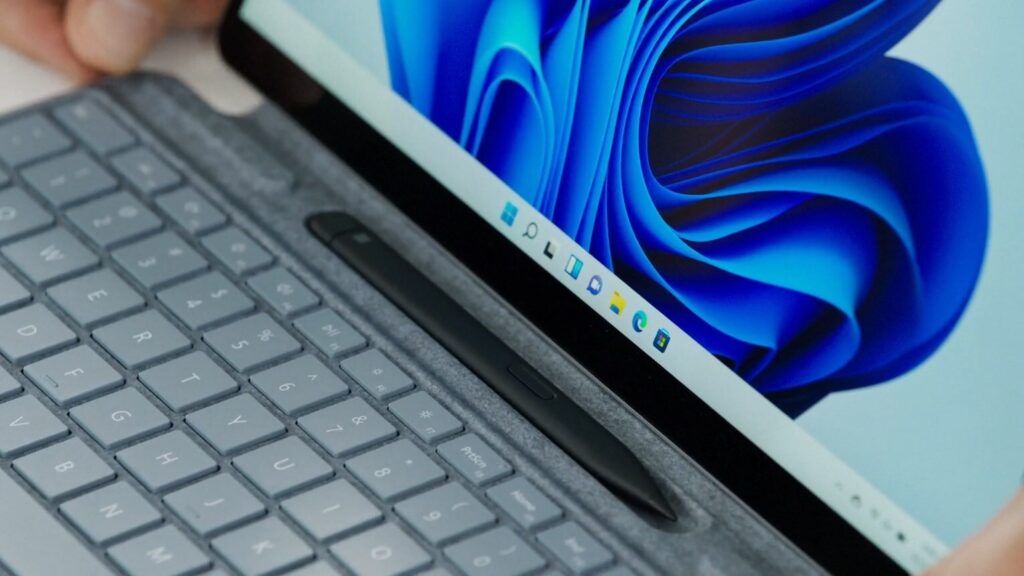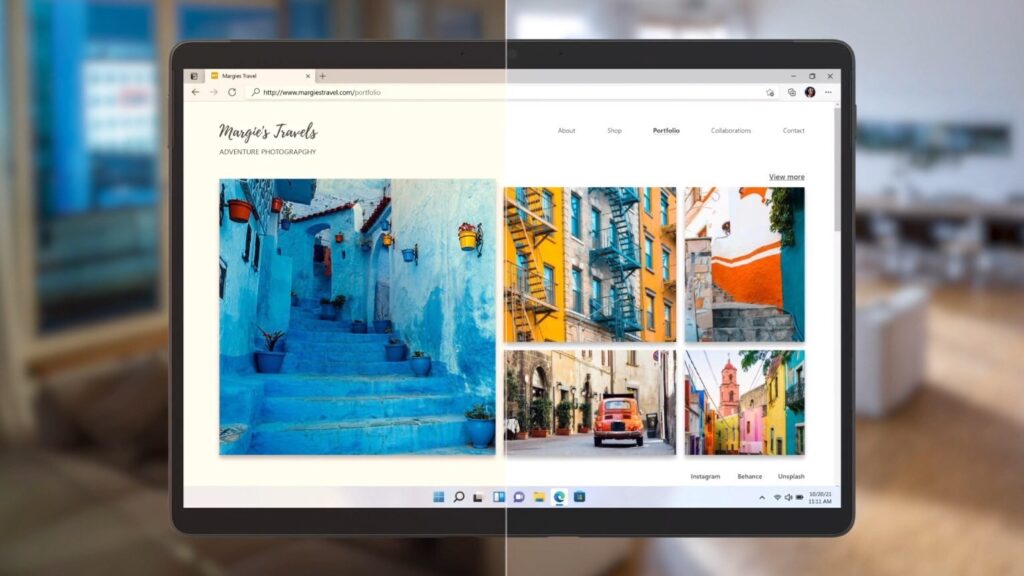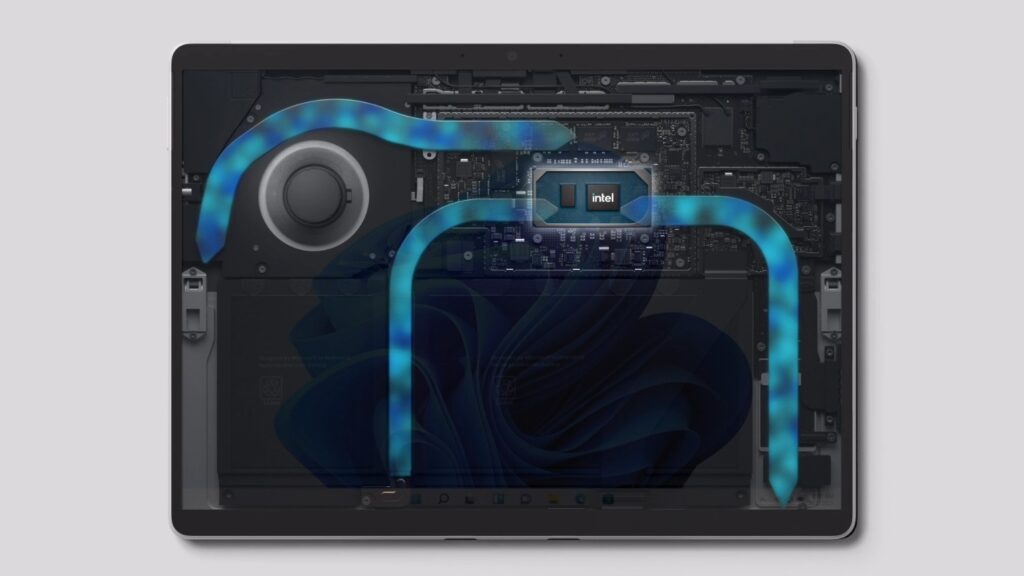The design seems quite reminiscent of last year’s ARM-powered Surface Pro X, including the keyboard’s magnetic housing for the new Surface Slim Pen 2 that also charges it. The Surface Pro 8 strays from its predecessors by having a 13-inch PixelSense Flow touch display instead of the standard 12.3-inch, as well as featuring a slightly higher resolution. Moreover, the display has support for Dolby Vision and Adaptive Color Technology.
While the screen is capable of 120Hz, it will actually run on 60Hz by default and will ramp up to the higher refresh rate when you’re scrolling through – similar to Apple’s ProMotion technology for its devices. This dynamic refresh rate method should also be able to save some battery life when nothing is happening on your screen, especially with Dynamic Refresh Rate support coming to Microsoft Apps on the upcoming Windows 11. That being said, the company claims that the new tablet is capable of lasting up to 16 hours on a single charge.
The 2-in-1 is built on the Intel Evo platform and powered by 11th-gen Intel Core processors – a platform that Microsoft claims to be twice as fast as the Pro 7, with 75% faster graphics acceleration. And for the first time ever, newly introduced on the Surface Pro series is support for Thunderbolt 4, which does away with USB-A ports and will instead ship with two Thunderbolt 4 USB-C ports. For your work-from-home needs, the Surface Pro 8 comes with dual far-field Studio Mics, Dolby Atmos speakers, a 10MP rear-facing camera and a 5MP front-facing camera that’s “not on the side, but centred right where it should be.”
The Pro 8 can be configured with up to 1TB of SSD storage and up to 32GB of RAM, and can also be fitted with either an Intel Core i5 or Core i7 processor. It is available for pre-order today in certain countries for USD$1,099.99 (~RM4,611), while the Signature Keyboard and Slim Pen 2 are sold separately as an optional combo for USD$279.99 (~RM1,173). The new tablet, as well as most of the other new Surface devices that were announced earlier today, are slated to be shipped on 5 October – the same day as Window 11’s release. (Source: Microsoft via YouTube)


